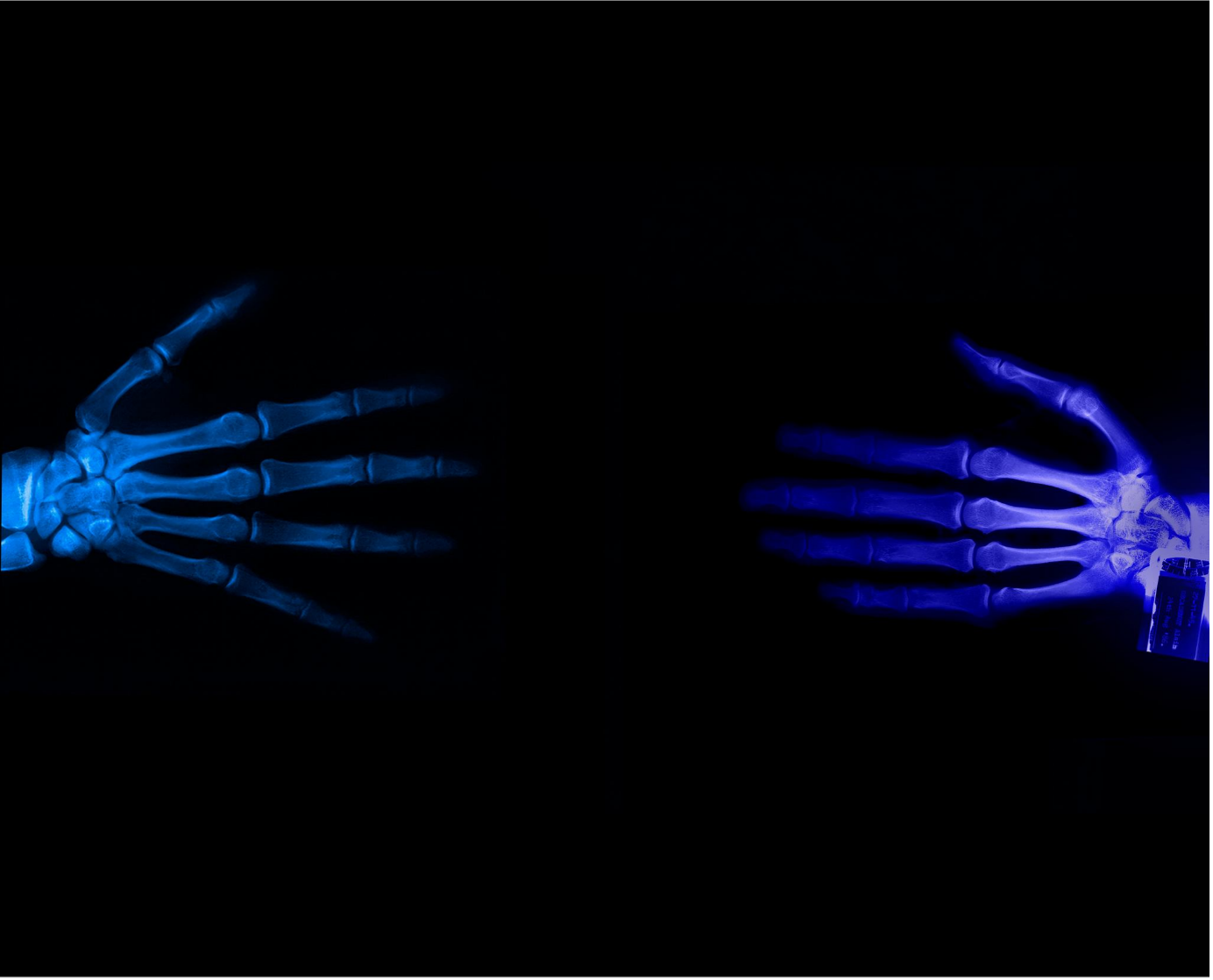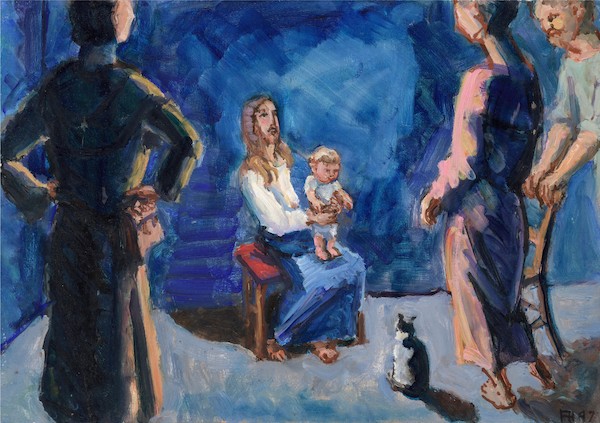The Binchester Ring

An Early Christian Ring found at Binchester
In June 2014 during the excavations taking place at Binchester Roman fort near Bishop Auckland in north east England a most unusual signet ring was found. This silver ring is inset with an intaglio which shows two fish flanking an anchor. These are Christian symbols which were used up until the 3rd century, so the ring is one of the earliest Christian artefacts found in Britain.
In the time that Christianity started to spread around the Mediterranean world signet rings were popular. These rings were inset with an oval gemstone which was often a type of chalcedony, usually translucent orange cornelian or opaque red jasper. They were carved in reverse (intaglio) and were often a statement about one’s identity and allegiances. They were sometimes used to impress onto wax at the end of important documents or even ordinary letters. However initially they were not the kind of thing Christians would have worn, because the rings that were sold in the marketplaces typically had representations of the Greek and Roman gods, homosexual lovers or prostitutes. Around the year 200 Clement of Alexandria wrote about this issue:
Our seals should be a dove or a fish or a ship running in fair wind or a musical lyre such as the one Polycrates used or a ship's anchor such as the one Seleucus had engraved on his seal-stone. And if someone is fishing, he will call to mind the apostle [Peter] and the children [baptizands] drawn up out of the water. We who are forbidden to attach ourselves to idols must not engrave the face of idols [on our rings], or the sword or the bow, since we follow the path of peace, or drinking cups, since we are sober. Many licentious people carry images of their lovers and favourite prostitutes on their rings. (Paed. III. 59.2-III.60.1)
As with tattooing today you could choose what you wanted to be carved on your signet ring and when Christians used symbols like the anchor and the fish, it would have had a double purpose. Firstly, Christianity was an underground movement and they had to be careful. These rings would have been helpful for identifying other believers but were not suspicious enough to be identified as Christian by pagans. Secondly, they could be used to share their faith as they explained the meaning of the symbols. In a book called The Invisible God: The Earliest Christians and Art Professor Paul Finney of Missouri University suggests that the use of signet rings in this way by early Christians was an artistic expression to transform the culture. It seems that that is exactly what happened, because as the church grew, signet ring makers found that there was a decreasing demand for erotica and a growing interest in fish emblems!

In nearly all cases of the use of the anchor and fish in early Christianity, there is in the anchor a suggestion of the cross. This is very clear in the image from the Priscilla catacomb in Rome. The Italian archaeologist Orazio Marucchi writes:
When the early Christians did represent the sign of the cross on their monuments, nearly all sepulchral in character, they felt obliged to disguise it in some artistic and symbolical way. One of the oldest of the symbols of the cross is the anchor. Originally a symbol of hope in general, the anchor takes on in this way a much higher meaning: that of hope based on the Cross of Christ. The similarity of the anchor to the cross made the former an admirable Christian symbol." ("Archaeology of the Cross and Crucifix," Catholic Encyclopedia (1908), Vol. 4)
However, hope is surely a central message of the anchor deriving from Hebrews 6:19, "We have this hope as an anchor for the soul, firm and secure." (NIV) The anchor was a particularly common motif on early tombs often accompanied with a message like pax tecum, pax tibi, in pace, or "peace be with you” all speaking of the hope of Christians anticipating heaven.
It is interesting to know that the anchor symbol is infrequent after 306 no doubt because after that the Empire changed from persecuting the church to supporting it even though Christianity did not become the state religion until 380. Christians no longer needed any secret symbols. It is from this time after Constantine’s vision of the conquering cross that the cross itself becomes the most important symbol for Christians.
The fish symbol is also a very ancient one in Christianity. The Greek word for fish is ichthus which is an anagram for Jesus Christ, Son of God, Saviour. Here is how it works: • Iota (i) is the first letter of Iēsous (Ἰησοῦς), Greek for "Jesus". • Chi (ch) is the first letter of Christos (Χριστός), Greek for "anointed". • Theta (th) is the first letter of Theou (Θεοῦ), Greek for "God's", the genitive case of Θεóς, Theos, Greek for "God". • Upsilon (y) is the first letter of (h)uios[6] (Υἱός), Greek for "Son". • Sigma (s) is the first letter of sōtēr (Σωτήρ), Greek for “Saviour”.

The presence of two fish can be explained in a number of ways. One fish may represent Jesus himself and the other his followers. Every Christian is called to follow Christ and to become like him. The two fish would also recall the miracle of the five loaves and two fishes and a reminder of God as provider.

The form of the ring and the shape of the stone seem to indicate a 3rd-century date for this object. This is a surprisingly early date for a Christian object in Britain, as it predates the accession of Constantine in York in AD 306. It was under him that Christianity finally became a licit religion. Evidence for Roman Christianity is rare in northern England, and evidence for pre-Constantinian Christianity is even rarer. This is a rather splendid find!
**********
Images of the Binchester Ring used by permission of Durham University.
David Pott lives near Bishop Auckland in County Durham in northeast England. He is involved with assisting in regeneration projects in the area including the development of pilgrimage routes to Durham Cathedral. See www.northernsaints.com
ArtWay Visual Meditation 19 May 2019
%20(1).png)












